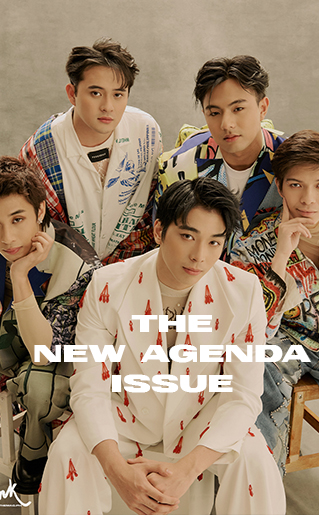With the triumphant conclusion of its first season, Gameboys—the little online series that prevailed over the pandemic—can officially be hailed as the breakaway success of 2020, a sliver of light in a year replete with adversities.
The relationship between the pandemic and Gameboys is peculiar: One gave birth to the other, one amazingly thrived in the other, both made their mark in a world still reeling from a spate of challenges that forced it into introspection and a much-needed reassessment of its ways.
Gameboys thus emerged at an important time of reckoning. In the same way that the pandemic has forever changed the world before even the global crisis is over, the impact of Gameboys will be felt long after things have fallen into their place in the new normal.
Related: ‘Gameboys’: How the Lockdown Unleashed a Modern Love Story
“No Matter What”: Gameboys is the story of our times, the story of our lives
Born from the creative fire and desire to continuously produce art in the midst of the pandemic, Gameboys not only introduced to its viewers the lives of Gavreel, Cairo, Pearl, and others, but also mirrored those of us living the same circumstances. Gameboys has proven to be relatable because it is OUR story – our personal struggles, our collective lived experience, our challenges, our hopes and dreams. The online series tackled the adversities we all face, and inspired us to believe that it is, indeed, possible to overcome them.
At a time of uncertainty brought about by the outbreak and the resulting limitations and restrictions that continue to contain us, Gameboys provided a shelter, a safe space, especially for people who, apart from being stuck in their own confined spaces due to the lockdown, have been living inside a different kind of prison: that built by fear of judgment and rejection by family, friends, and society.
In Gameboys, people found comfort and hope, a chance to liberate themselves from these multiple levels of boundaries, to chip away at these barriers and reach out, and to be able to live and love freely. Because, as the series taught us, although there is in each one of us an obscure fragment of ourselves that we may never find the courage to reveal, it matters to know that we are not alone.
Gameboys, through its groundbreaking yet unalienating way of storytelling, depicted how in our aloneness and separateness, social media became an outlet of self-expression, more than just a means of communication. This then showed that, like the characters in the show learned, intimate connections can be made even without physical contact. It is through these same platforms that the audience consumed and supported the series, and joined various discussions that followed every episode.
These discussions – intelligent, thoughtful, reflective, and intimate – were an important part of the Gameboys experience, because what makes the series phenomenal is its capacity to tackle multiple social issues in a span of about 20 minutes.
‘Episode 8: No Matter What’, in particular, covered loss and grief and the importance of a having support system that protects us from dealing with overwhelming emotional burden on our own. The same episode also subtly, and effectively, tackled coming out, acceptance, forgiveness, mental health, and love (familial, romantic, self-love, friendship, universal).
But most of all, Gameboys bravely talked about the pandemic, the invisible public enemy. And in doing so, it blurred the line between fiction and reality, transforming the series into a story that doesn’t just provide comfort and warmth to the audience but also one they can fully resonate with. The effect of the episode was so strong that all over social media, there was a palpable sense of the community coming together to collectively hug and comfort each other. That’s one of Gameboys’ biggest achievements: in its depiction of reality through fiction–fiction influenced reality.
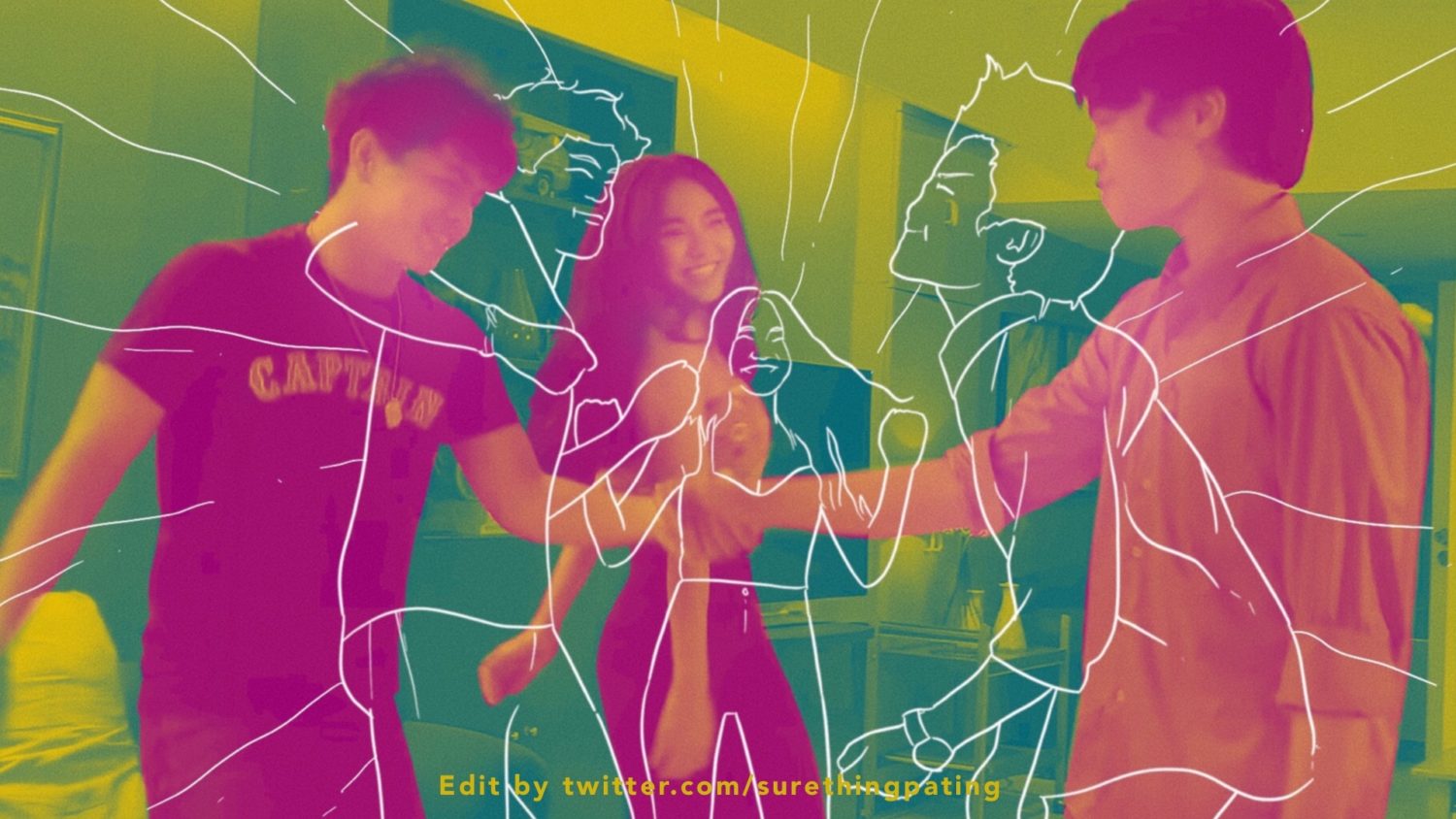
“Game of Love”: Giving rise to and nurturing an online community
Many of us belong to generations marked by famed motion picture events in the likes of Star Wars, Lord of the Rings, Harry Potter, and not too long ago, Game of Thrones—each one a tale of epic proportions that defined an era; each one immortalized by fanart churned out by the most fervent followers. For most 2000s Pinoy kids, the golden age of telefantasya in Philippine TV is their childhood.
Gameboys is not in the same category as these gargantuan foreign and local productions in terms of scale, but the magnitude of fanart born out of it is a glaring testament to its popularity. Episode by episode, a surge of traditional and digital work, poems, neo-prose dubbed as “alternative universes” (AU), and cover songs flood social media platforms. At the forefront of these platforms is Twitter, the bailiwick that saw the rise of Gameboys “stan” accounts, often anonymous, created to discuss the show.
The immense volume of artistic work as a product of the fan culture inspired by the show at times feels like something so important that has been subdued for far too long has finally seen the light of day. What’s not being said is how the series became this force that opened doors, nurtured a refuge, and created a space for people who could not openly discuss the story’s themes, and allow these people to express their inspiration through art. This being both a blessing and a curse is a caveat of the invisible shackles that restrain people from the very much-needed discussions and expression that will not only eliminate archaic biases but ultimately advance culture and way of life.
The IdeaFirst Company, the production company behind the series, welcomed, no, embraced the organic growth of the Gameboys fandom culture, interacting with them and going as far as collaborating with superfans to produce music videos and merchandise advertisements. The reciprocity in this relationship is nothing short of beautiful, especially for a studio that admits its lack of a strong marketing limb. The organic and authentic dynamic between the company and fans is an achievement the industry must heed: there are ways more rewarding than the vice of capitalism.
ICYMI: Rank Episodes: ‘Gameboys’ as a Catalyst for Proper Representation and Cultural Revolution
“Pearl’s virtual party”: Innovative storytelling
While Gameboys is an adaptation of the Boys Love (BL) genre, the creators bravely examined the format and took every opportunity to innovate. The three main characters, often depicted in fanart, make up a formidable power trio: two boys in love and their girl best friend, a combination hardly ever seen in local screens—a sign of how the show is reinventing a trope and reinforcing new ones by crafting a friendship that many young people, most especially the LGBTQIA+ youth can root for and identify with. International franchises have cemented the likes of Harry, Ron, and Hermione as iconic trios, but now the time for the Cairo-Gavreel-Pearl triumvirate—the kind of representation that hits close to home.
The brains behind Gameboys did not shy away from taking such risks in storytelling, proof that ingenuity can spring in the strangest of places and in the hardest of times. The show borrowed the computer screen film style popularized internationally by the 2014 thriller Unfriended and locally by the AlDub Kalyeserye, but it intelligently used the technique to seamlessly weave a story of two boys separated by distance, prejudices, and the uncertainty of the pandemic, all through a split screen. The style itself served as a plot device and is a metaphor for the barriers that the characters needed to overcome.
The new landscape of the local entertainment industry, dismantled by the crisis as well as other forces, demanded for a change in format and the breaking of time-tested methods. Even a show as innovative as Gameboys was not able to escape the wrath of the lockdown, when it was forced to delay Episode 11 because Metro Manila was abruptly put back into modified enhanced community quarantine.
Episode 11 was a critical bridge: it was the first in the three-episode extension after the original finale, Episode 10, had already aired. It also marked a shift in the narrative, as the story focused on bringing more depth to the characters, especially Gavreel.
The extension, often the cause of diminishing quality in dragged-out soap opera, was approached successfully and did not feel like a mere appendix to the plot. The show amazingly retained viewership through the unwavering strength of the story and the continued pursuit to innovate the format, proof that a show can give in to clamor for more content without compromising quality.
This and the production’s many facets of storytelling that were once thought of as experimental have emerged perfect for the story itself, resulting in a viewing experience that is both intense and intimate, and, all in all, immersive. It is another case study showing that modern Filipino audiences have evolved: they will stay loyal to a well-loved series even with long intervals, challenging the nightly teledrama format on mainstream TV to adapt, if not evolve.
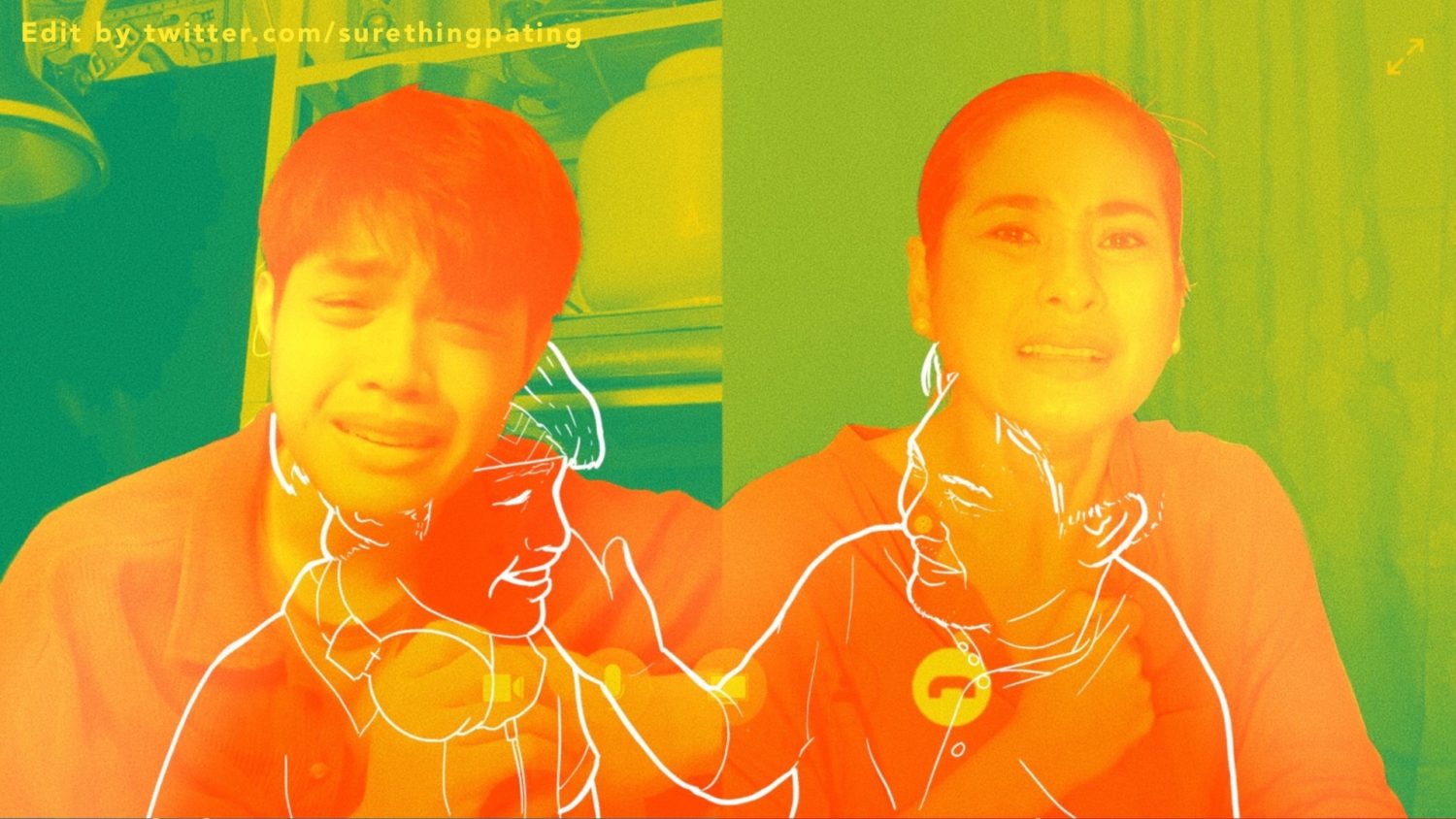
“You don’t apologize for being you are”: A universal love story
The impressive techniques and ingenious styles, however, have to take the backseat at the most crucial moments. The final edit must be immersive so that the message of the story can take center stage. At its core, beneath the emotional and intellectual fanfare, the message of Gameboys is nothing new, because the characters and their experiences all speak of the universality and complexity of love and our human struggles to find it and live it.
The boys’ love story is relatable because we see ourselves in them. It is never too difficult to empathize with their experiences because they reflect our own. The show treated love between two boys like any other, because it really is. This is also reflected in the original songs that were written specifically for the show, which were devoid of the BL flavor. We cheered the boys’ triumphs, cried for their losses, and rooted for them, because their story is no different from the human quest to break free from anything that holds us back so that we can find our own versions of happiness.
“Mga bakla ng taon”: Setting the blueprint for the BL genre
Gameboys was successful in telling a universal love story, but in true game-changing fashion, it went beyond telling this story with respect and elegance: it also tackled important issues that LGBTQIA+ community, especially the youth, faces. Most poignant was the spotlight it put on the role of parents in the coming out of their children. It placed the pressure on parents to create a space where children feel safe to be themselves, to play a more active role in their children’s journey of understanding themselves without fear of judgement or abandonment.
This persistent challenging of the status quo is what makes Gameboys exceptional. It can be observed in the way it took the BL genre, questioned how it can be best adapted to the Philippine setting, and identified how it can be elevated into an important artform on a completely different level. The filmmakers relentlessly pushed the envelope given the technology available to them in the midst of the lockdown. The result is the synergy of story, acting, directing, and other aspects of filmmaking into a singular stunning tour de force that’s at once technically impressive and emotionally effective.
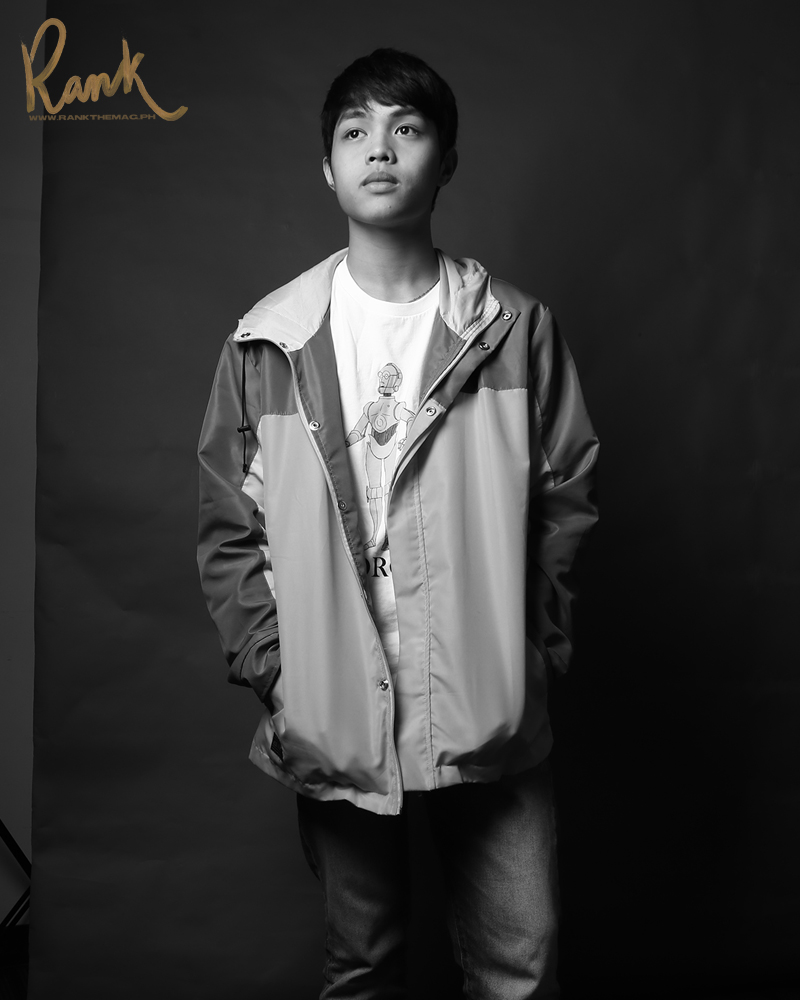
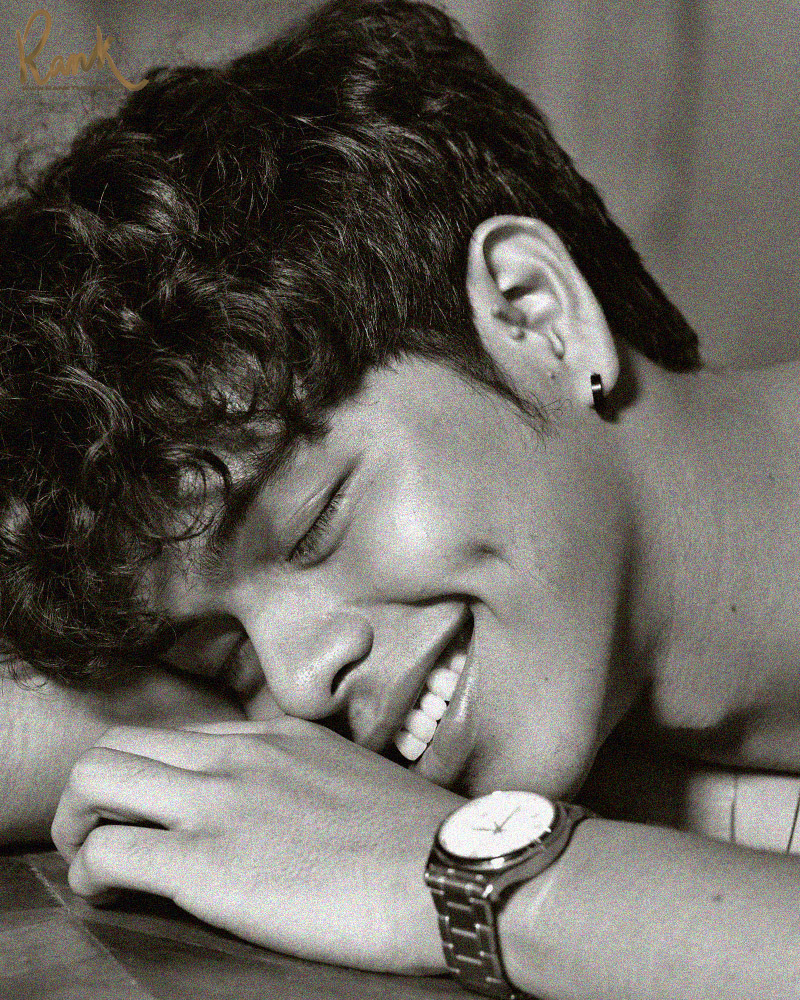
Front and center in the success of Gameboys are two faces that are making their own mark: Kokoy De Santos and Elijah Canlas, who play the main characters, brought the acting chops they have been honing for years doing important projects in the independent film scene to the mainstream. The fact that they were acting separately in their own homes and looking straight into a phone camera, and yet delivered memorable scenes, only proves how massive their talents are.
This casting is both deliberate (both actors are managed by The IdeaFirst Company) and serendipitous, as audiences and the industry are introduced to two young actors who have the skill, heart, and soul to continue making important films and TV shows in the future.
It’s been said that Gameboys, being the very first BL series released in the country, has set a very high standard for the genre. Whether it’s truly the best out there is an argument for another day. But what can’t be denied is the trailblazing it has made. By proving that creativity can’t be restrained in lockdown, Gameboys has shown that mediocrity doesn’t have a place in an industry that respects its audience’s intellect, experiences, and sensitivities. And when the day comes that another BL series takes its spot at the top, it would have done its job because, while it was trailblazing, it has paved the way for others to be successful.
“Crossing the line”: The lasting effect of Gameboys
The season finale saw the main characters eliminate lines that, throughout the series, had been preventing them from actualizing their love for each other and cross to the next stage of their life together. It’s a fitting ending to a great love story, but also an incredible symbolism for what the show has achieved: crossing to uncharted territory.
We only see this phenomenal kind of triumph on the rarest and most important of occasions: the way a telefantasya like Encantadia became the standard for Pinoy fantasy series and how the AlDub Kalyeserye changed the game in telling the tale of star-crossed lovers.
Perhaps it is the sleeping dragon finally awakened, or the fulfillment of a yearning for a tiny spark to usher in an era of progressive Pinoy BL shows that best describes the impact of Gameboys. It’s a spectacle of how a small production company helmed by powerhouse creatives can stir creativity, elevate conversations, and kindle a community that feels the love that’s been poured into the show and is now empowered to reverberate that same love out into the world.
The finale episode of Gameboys: The Series can be viewed here:


